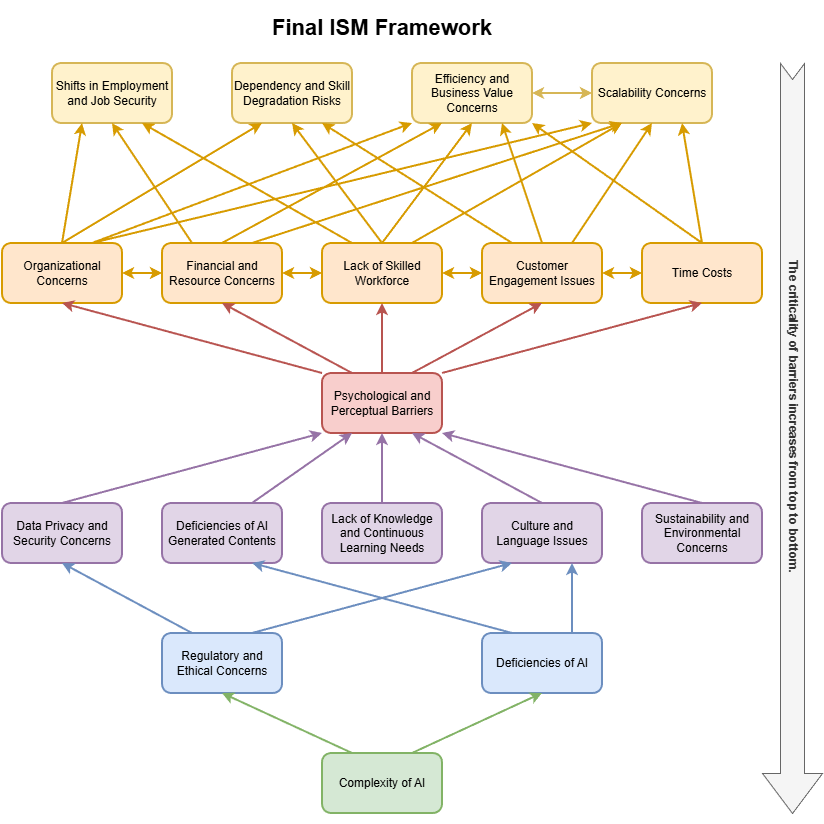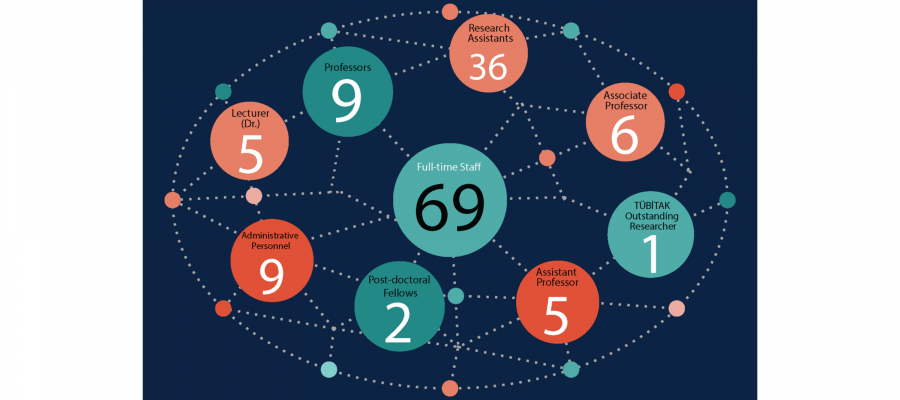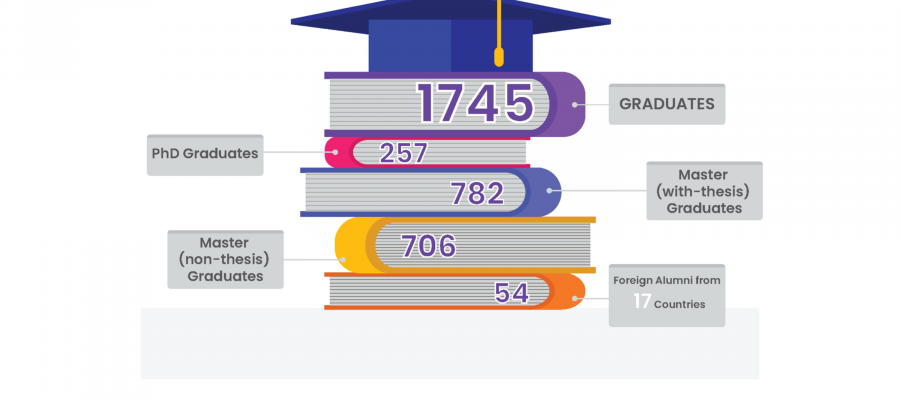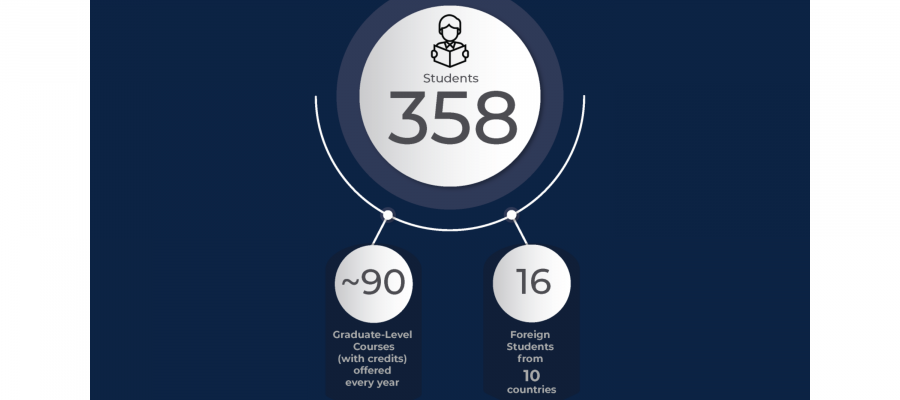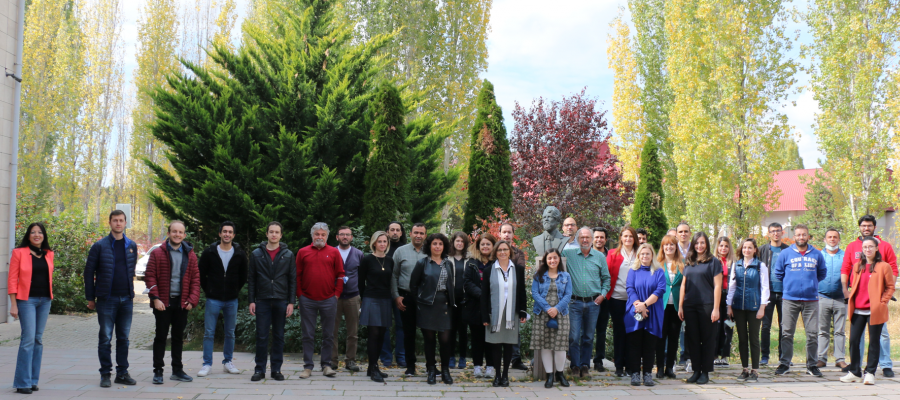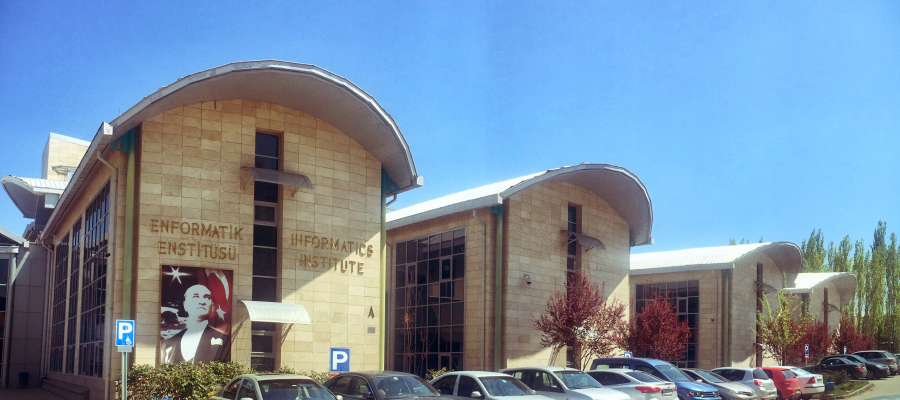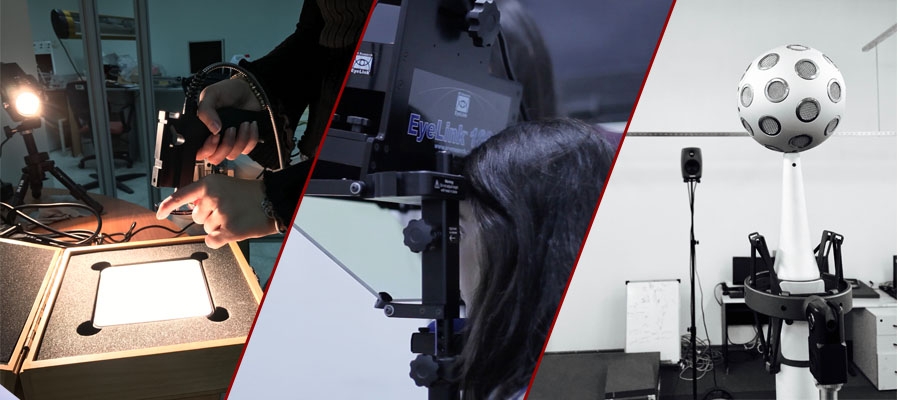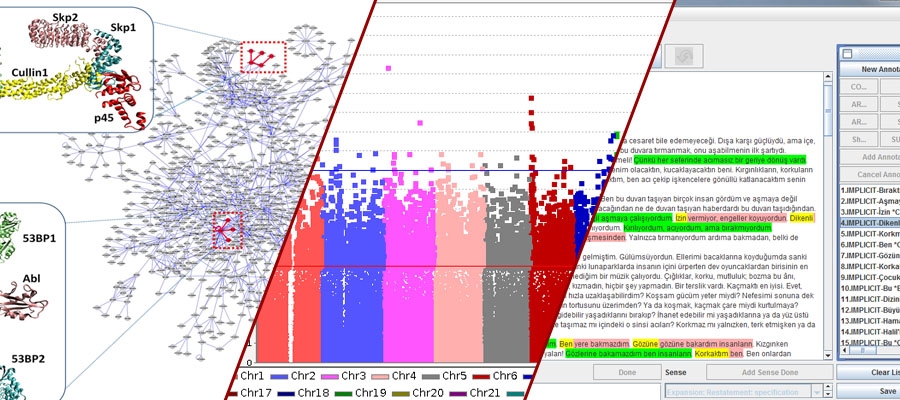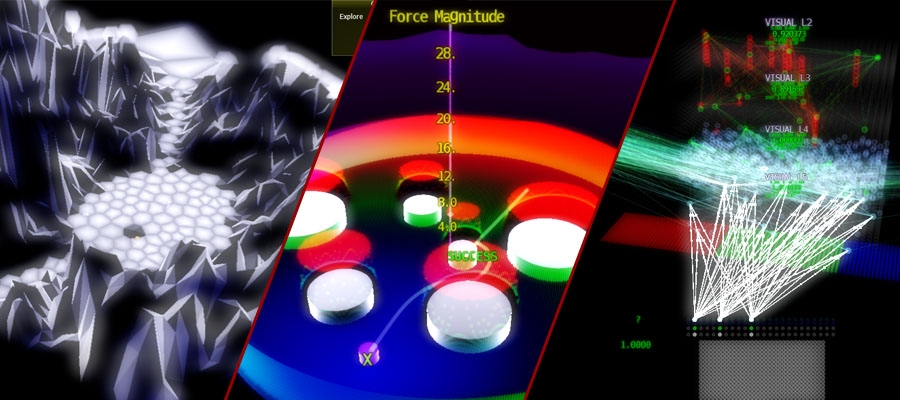Announcements
Research News
This thesis develops a modular Value-at-Risk (VaR) framework tailored for the Borsa Istanbul (BIST) equity market. To overcome the failure of normality assumptions in emerging markets, we integrate volatility filtering with semi-parametric tail modeling. We introduce a dynamic scaling mechanism (kdyn) that adjusts forecasts based on recent violations. Empirical analysis of 28 liquid stocks (2005–2025) shows that our adaptive Filtered Historical Simulation model achieves an 82.1% success rate in Conditional Coverage tests. These findings validate that decoupling volatility dynamics from tail shape significantly improves risk estimation stability during market stress.
Date: 12.01.2026 / 13:30 Place: A-212

Predicting surgical case durations accurately is essential for operating room scheduling and resource management of healthcare facilities. While everything relies on technology recently, enabling a system that predicts surgical durations using machine learning enhances accuracy, decreases workload of the healthcare personnel and increases patient satisfaction eventually. Using RFID-derived data to develop this machine learning model is more precise because the data source is not manually recorded. By dividing the available surgical data into three as short, medium and long, predictions are made by giving an estimation interval and the results are coherent with the literature according to the error rates.
Date: 13.01.2026 / 10:00 Place: A-212

This dissertation presents ID-SDM, a computational framework utilizing Influence Diagrams to model Shared Decision-Making (SDM) based on the Three-Talk Model. By representing clinicians and patients through separate IDs, the model simulates information flow via three node operations: decision alternative transfer, chance node transfer, and preference transfer. Applied to Graves’ Disease, results show that SDM achieves the perfect-information-sharing model’s optimal decision.more efficiently than other decision models. The SDM process reaches consensus in less time with upfront information sharing from both sides. When the clinician attributes greater importance to the patient's utility criteria, the clinician's decision shifts to the perfect-information-sharing model’s optimal decision.
Date: 13.01.2026 / 13:30 Place: A-212
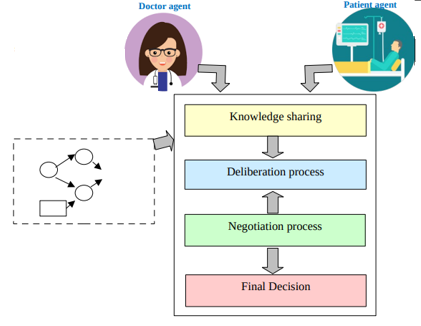
This thesis proposes a unified framework for few-shot vision-language adaptation. Addressing the limitations of holistic image matching in models like CLIP, we introduce a dual-branch architecture combining global prompts with a locality-aware pathway. This local branch utilizes Value-Value (V-V) attention and Optimal Transport (OT) to enforce balanced, discriminative alignments between fine-grained image patches and class-specific prompts. Extensive evaluation on 11 benchmarks demonstrates state-of-the-art average accuracy. Furthermore, the framework exhibits superior Out-of-Distribution (OOD) robustness, offering a configurable trade-off between task specialization and generalized robustness.
Date: 05.01.2026 / 13:00 Place: A-212
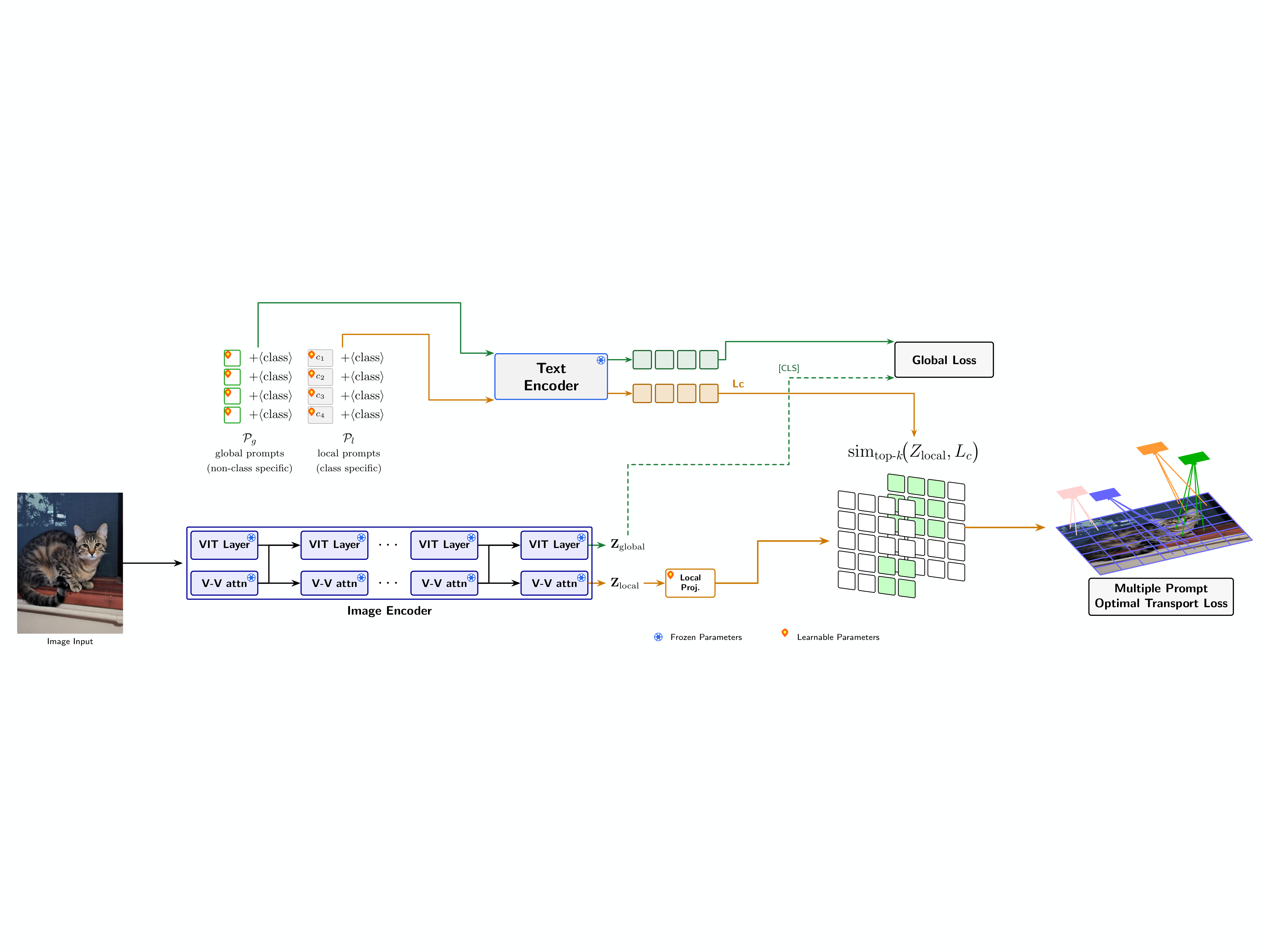
This thesis study investigates the adoption of Generative Artificial Intelligence (GenAI) technologies among small and medium-sized IT enterprises in Türkiye. Using the Delphi method and Interpretive Structural Modeling (ISM), the research identifies key barriers and examines their interrelationships to reveal hierarchical influences. The study explores technological, organizational, and environmental determinants shaping GenAI adoption. Findings provide an empirically grounded framework that supports strategic decision-making for SMEs aiming to integrate generative AI effectively. The proposed model offers both theoretical insight and practical guidance for advancing AI-driven digital transformation.
Date: 22.12.2025 / 10:00 Place: B-116
